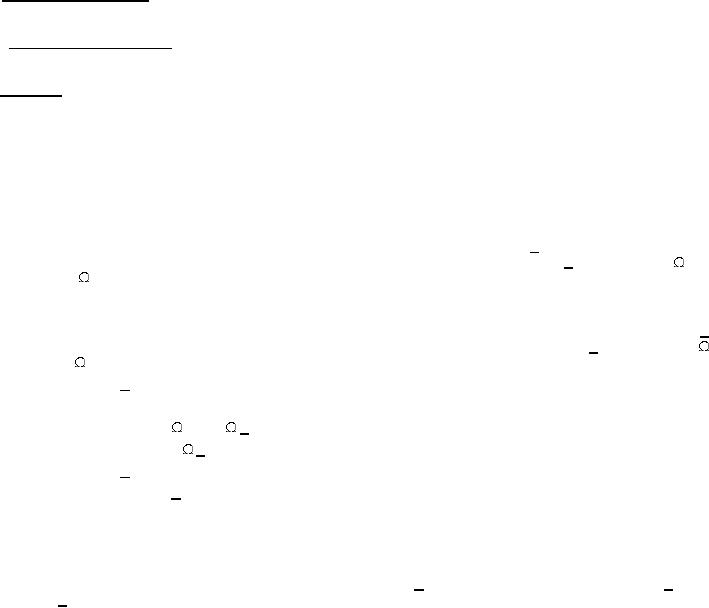 |
|||
|
Page Title:
Burn-in and life test circuits. |
|
||
| ||||||||||
|
|  MIL-M-38510/762A
4. QUALITY ASSURANCE PROVISIONS
4.1 Sampling and inspection. Sampling and inspection procedures shall be in accordance with MIL-M-38510 and methods
5005 and 5007, as applicable, of MIL-STD-883, except as modified herein.
4.1.1 Burn-in and life test circuits. Burn-in and life test circuits shall be constructed so that the devices are stressed at the
maximum operating conditions stated in 4.2b or 4.2c as applicable, or equivalent as approved by the qualifying activity.
4.2 Screening. Screening shall be in accordance with method 5004 of MIL-STD-883, and shall be conducted on all devices
prior to qualification and quality conformance inspection. The following additional criteria shall apply:
a.
Delete the sequence specified in 3.1.10 through 3.1.14 of method 5004 and substitute lines 1 through 7 of table II
herein.
b.
Static burn-in, test condition A, method 1015 of MIL-STD-883. Test duration for each static test shall be 24 hours
minimum for class S devices and in accordance with table I of method 1015 for class B devices.
(1) For static burn-in I, the output enable control pin(s) shall be connected to the resistors in parallel to VCC or GND,
as applicable, to enable the outputs. The directional control pin(s) shall be connected to either VCC or GND. All
inputs shall be connected to GND. Outputs may be open or connected to VCC/2 + 0.5 V. Resistors R1 are
optional on both inputs and open outputs, and required on outputs connected to VCC/2 + 0.5 V. R1 = 220 to
47 k .
(2) For static burn-in II, the output enable control pin(s) shall be connected to the resistors in parallel to VCC or GND,
as applicable, to enable the outputs. The directional control pin(s) shall be connected to either VCC or GND. All
other inputs shall be connected through the R1 resistors to VCC. Outputs may be open or connected to VCC/2 +
0.5V. Resistors are optional on open outputs, and required on outputs connected to VCC/2 + 0.5 V. R1 = 220 to
47 k .
(3) VCC = 5.5 V + 0.5 V.
c.
Dynamic burn-in, test condition D, method 1015 of MIL-STD-883.
(1) Input resistors = 220
to 47 k
+ 20%.
(2) Output resistors = 220
+ 20%.
(3) VCC = 5.5 V + 0.5 V.
(4) VCC nominal = VCC/2 + 0.5 V.
(5) The output enable control pin(s) shall be connected to the resistors in parallel to VCC or GND, as applicable, to
enable the outputs. The directional control pin(s) shall be connected to either VCC or GND. Data inputs shall be
connected to the resistors in parallel to a common clock pulse (CP). Outputs shall be connected to VCC/2 through
the resistors.
(6) CP = 25 KHz to 1 MHz square wave; duty cycle = 50 percent + 15 percent; VIH = 4.5 V to VCC, VIL = 0 V + 0.5V; tr,
tf < 100ns.
d.
Interim and final electrical parameters shall be as specified in table II herein.
e.
For class S devices, post dynamic burn-in, or class B devices, post static burn-in, electrical parameter measurements
may, at the manufacturer's option, be performed separately or included in the final electrical parameter requirements.
17
|
|
Privacy Statement - Press Release - Copyright Information. - Contact Us |